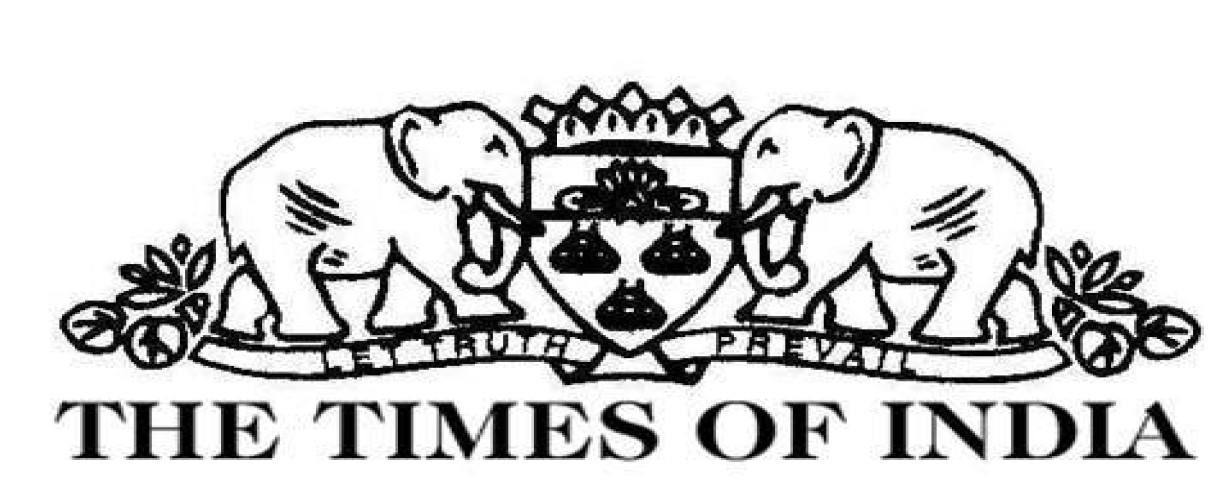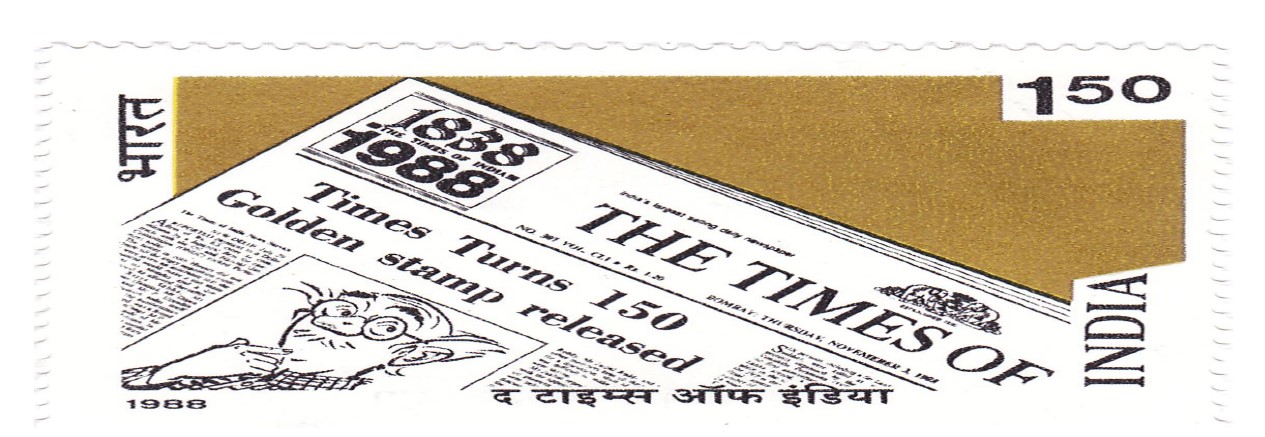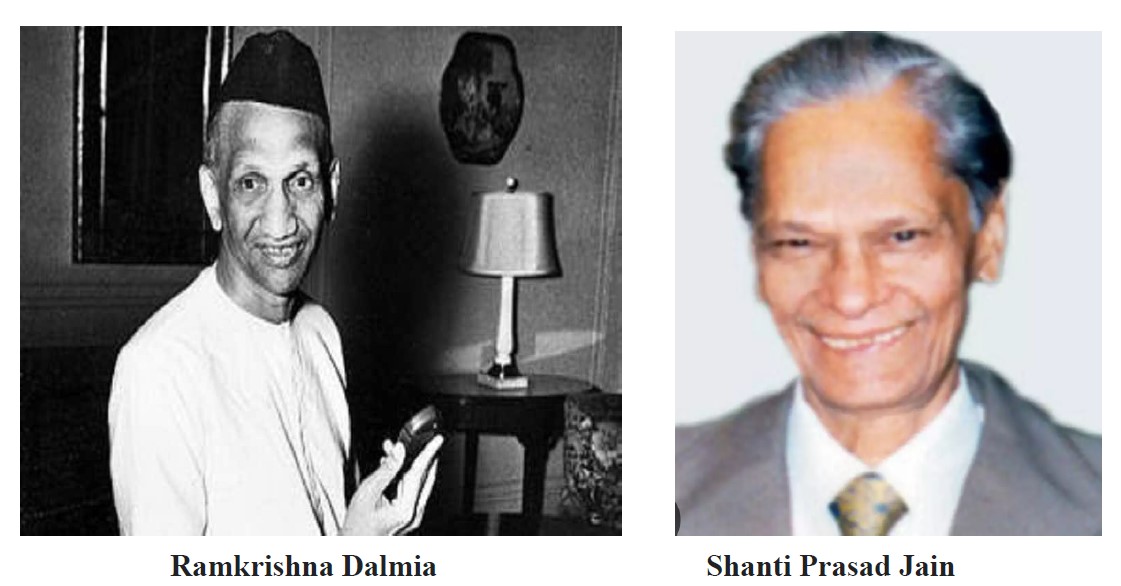I started reading newspapers when I was in 4th standard. I was interested in sports, scientific facts, and random headlines that used to catch my attention. My parents always wanted me to read English newspapers and the newspapers in my vernacular language, Marathi. I used to wait every Thursday for a popular children’s magazine named ‘Campus’ from ‘Lokmat Times.’ Apart from this, ‘Indian Express’; ‘Divya Marathi’; ‘Sakal’; and ‘The Times of India’ are the most prominent newspapers in my home.
In this article, I will put some light on one of the most prominent newspapers of India, ‘The Times of India.’ It is managed by ‘The Times group.’ It has the third-largest circulation in India and is the best-selling English-language daily worldwide.

The Bombay Times and Journal of Commerce, which would later become The Times of India, was first published on November 3, 1838. It began as a bimonthly publication but was changed to a daily in 1850. Under the direction of editor Robert Knight, the journal was combined with two others to become the Bombay Times and Standard in 1859.
Pioneering industrialist Ramkrishna Dalmia bought the business from its British owners in 1946 after it had been combined into the Times of India Group. He founded The Times Group, the Dalmia Group, and the Dalmia-Jain group.

The Times of India Press published numerous significant English and Hindi magazines edited by eminent writers like Khushwant Singh and Dharmveer Bharti. Some popular Hindi magazines include Dharmyug ( 1949-1997), Dinaman (1965-1990), and Sarika. In the 1990s, most magazines were no longer published due to the organization’s financial crisis.
Apart from the incredibly renowned The Times of India, the Times group owns many other famed The Economic Times, Navbharat Times, and Maharashtra Times.
The Dalmia Ownership and the ‘Dalmia-Bennett Coleman & Co. Ltd’ court case:
In 1947, Dalmia transferred funds from a bank and an insurance firm, of which he was the Chairman, to facilitate the acquisition of the massive media conglomerate, Bennett & Coleman.
The socialist politician Feroze Gandhi, a member of the ruling Congress party led by his estranged father-in-law Jawaharlal Nehru, learned about this in 1955. He brought up the issue before the Parliament in December 1955, thoroughly outlining the multiple financial transfers and mediators used to finance the acquisition. The Vivian Bose Commission of Inquiry looked into the matter.
In the subsequent court case, he was convicted to two years in Tihar Jail, where he was represented by renowned British lawyer Sir Dingle Mackintosh Foot. But he was able to spend most of his sentence in a hospital. After his release, the son-in-law he had given control of
Bennett, Coleman & Co. Ltd., Sahu Shanti Prasad Jain, rejected his attempts to take back control of the business.
The Jain Family and the Government of India ownership:
Shanti Prasad Jain was detained at the beginning of the 1960s on suspicion of dealing newsprint on the underground market. The Government of India also filed a petition to limit and oust the management of Bennett, Coleman, and Company in light of the Vivian Bose Commission’s previous findings, which revealed wrongdoings of the Dalmia-Jain group and included specific accusations against Shanti Prasad Jain.
After the Vivian Bose Commission report revealed serious wrongdoings by the Dalmia-Jain group, the Bombay High Court, presided over by Justice J. L. Nain, issued an interim order on August 28, 1969, dissolving the current Bennett, Coleman & Co. board and establishing a new
board that would report to the government.
The bench decided that “Under these circumstances, it would be preferable to issue such directions on the presumption that the petitioners’ assertions that the company’s operations were being managed in a way adverse to the interests of the Company and the national benefit are
factual.
Sahu Shanti Prasad Jain’s son & Ramkrishna Dalmia’s grandson Ashok Kumar Jain received possession of the newspaper back from the government around 1976. However, India was still under a state of emergency.
The change of medium from print to digital:
Times Online is an Indian internet technology firm with headquarters in Gurgaon. It owns, runs, and invests in various goods, services, and technology based on the internet. It is a division of the Times Group’s digital business, India’s largest media conglomerate.
Over 450 million people visit Times Internet each month, spending more than 13 billion minutes using all its goods and services.
In its early years, Times Internet mainly handled digital media, managing the web editions of the Sahu Jain family-owned The Times Group. The Times of India, The Economic Times, and the Navbharat Times are three prominent print periodicals.
Over time, the Internet changed from a media-led firm to a technology-led company. Times evolved into a collection of many digital items that functioned apart.

Times Internet entered a variety of different industries to varying degrees of success. With India Times, it entered the social networking and e-commerce space but needed help to grow the company. MagicBricks, an online real estate marketplace established in 2006, and iDiva, a
women’s leisure site launched in 2009, both saw success for the firm.Times Internet undertook a series of acquisitions, including the majority interest purchases of MensXP in 2012, CricBuzz, Coupondunia, and Dineout in 2014, Taskbucks in 2015, and “The Viral Shots” and WillowTV in 2016. Additionally, it formed a strategic partnership with the chatbot service Haptik in 2016.
In 2012, the business introduced TLabs, a startup accelerator, via which it invested in up-and-coming digital firms, including Delhivery, Pratilipi, etc. Times Internet developed Colombia, a full-stack AI-powered ad-tech network that brought all of its digital goods together on a single platform as its portfolio continued to expand.
Based on customer interests and demands, it moved and monetized people through this platform through able to drive and monetize people through this platform throughout its numerous digital sites.



